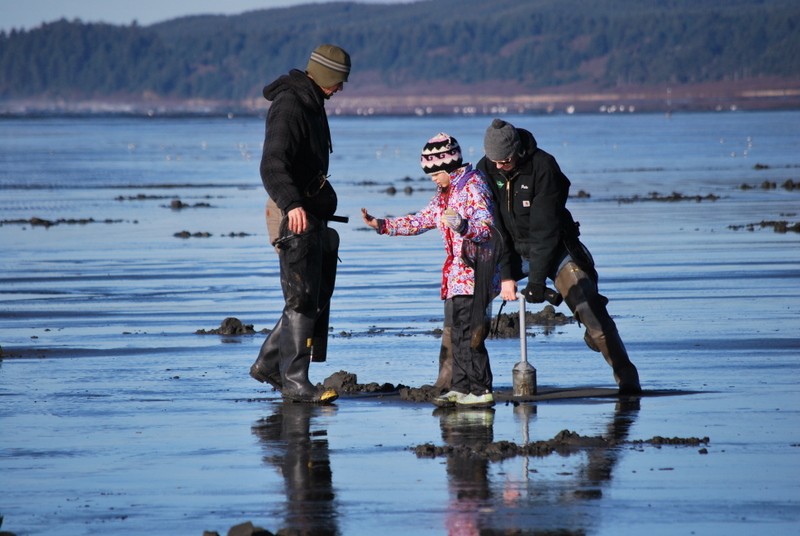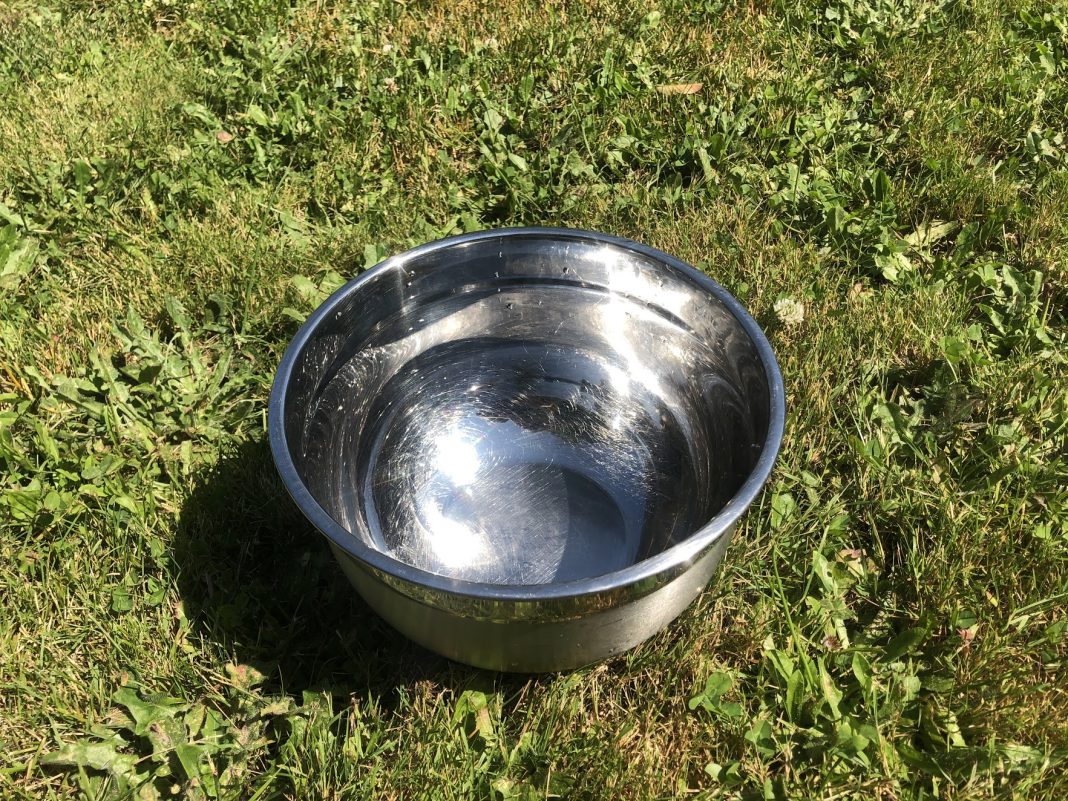Submitted by South Sound GREEN
In the face of COVID-19 and recent stay at home order, parents and guardians may find themselves looking for activities that not only keep students engaged, but also provide information about local environmental science and concerns. In our South Sound GREEN Home Based Science Project series, we will introduce and demonstrate various hands-on and at-home science activities for children of all ages to do either indoors or outside!
![]() This time, we explain how the greenhouse effect causes climate change, and how you can test the greenhouse effect in your own backyard!
This time, we explain how the greenhouse effect causes climate change, and how you can test the greenhouse effect in your own backyard!
Climate Controllers
Grade Level: 4th – 6th
- Large bowl
- Plastic wrap
- Thermometer and cup (optional)
Background
You may have heard about climate change or global warming in the past, but these terms can be both confusing and a little overwhelming on their own. In this activity, we’ll break down what climate change is, how it relates to global warming, and what causes it. All of the following definitions and explanations can be found on the NASA Climate Kids website, also linked in the Keep Learning section below.
Before talking about climate change, we need to define climate. Climate is the long-term trend in the weather of a particular area. Weather, on the other hand, is the current state of atmospheric conditions, such as temperature, humidity, and precipitation. A good way to remember the difference is to think about how weather determines what you are going to wear today, but climate determines what is in your closet. Regardless of where you live, if it is 100 degrees F outside, your wardrobe is going to reflect that: maybe you’d wear a tank top, shorts, and flip flops. If you live here in Washington though, your closet probably has clothing for a lot of other types of weather conditions: rain coats, boots, ski pants, etc. Alternatively, if you lived in the Sahara Desert instead, your closet might be only clothes for 100-degree F days! Even though the weather in Washington and in the Sahara Desert might be the same on a given day, the climates of the two locations are very different.
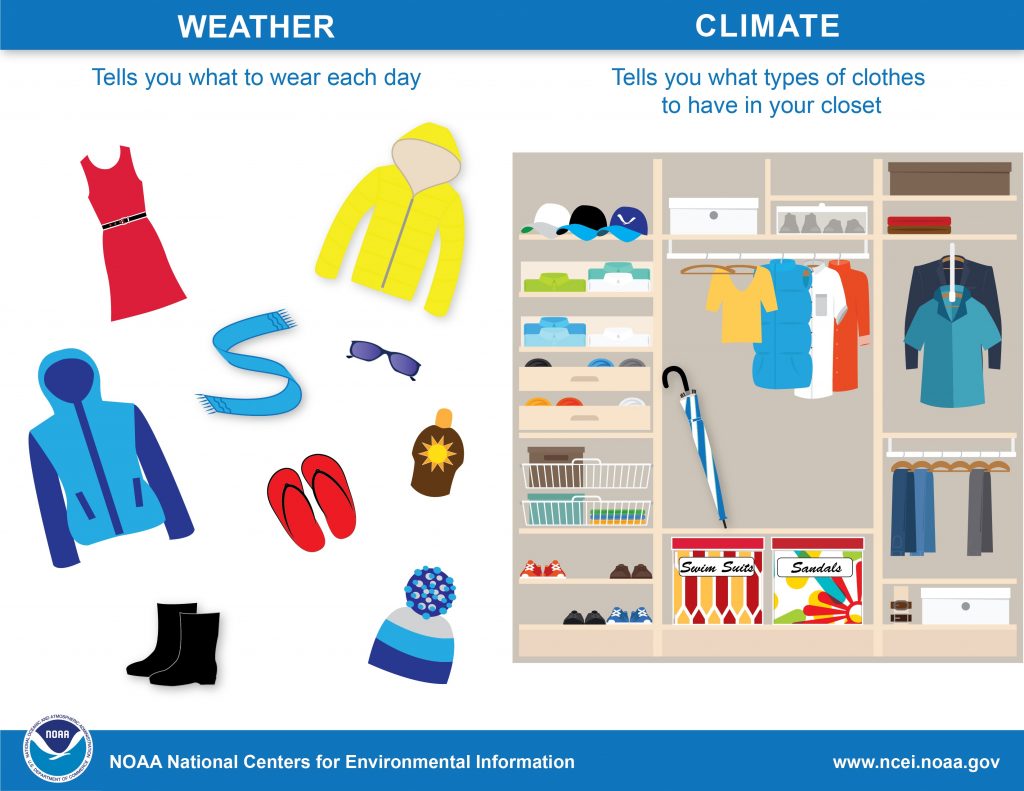
Climate change is a broad term that describes how changes to the Earth’s atmospheric conditions as a result of human actions can alter a location’s climate patterns. This doesn’t mean that the daily weather in a place will always be different from normal, but the average weather conditions may be different. When people talk about global warming, they are referring to how the climate in many places is generally getting warmer. Just because we had snow last winter doesn’t mean that the area isn’t getting warmer on average! In fact, the average temperature in Washington is expected to increase by about 0.5 degrees F every 10 years (you can find this information and more information about the projected impacts of climate change on Washington state in the University of Washington’s Climate Impact Group’s Washington State of Knowledge Report). That may not seem like much, but it will have major impacts on everything from increased storms to rising sea levels.
One big cause of climate change is from greenhouse gases. Greenhouse gases are gases that trap heat from the sun, just like a greenhouse does (this is called the greenhouse effect). On Earth, we have a lot of naturally occurring greenhouse gases, such as carbon dioxide and methane, in the atmosphere – without these greenhouse gases, humans likely wouldn’t be able to survive on Earth! However, the burning of fossil fuels like gasoline and the production of livestock and dairy products has greatly increased the amount of greenhouse gases in the atmosphere, to a point where there have been significant and negative changes to the global climate. Without reducing these major greenhouse gas emitters, climate change may become an even bigger issue for future generations.
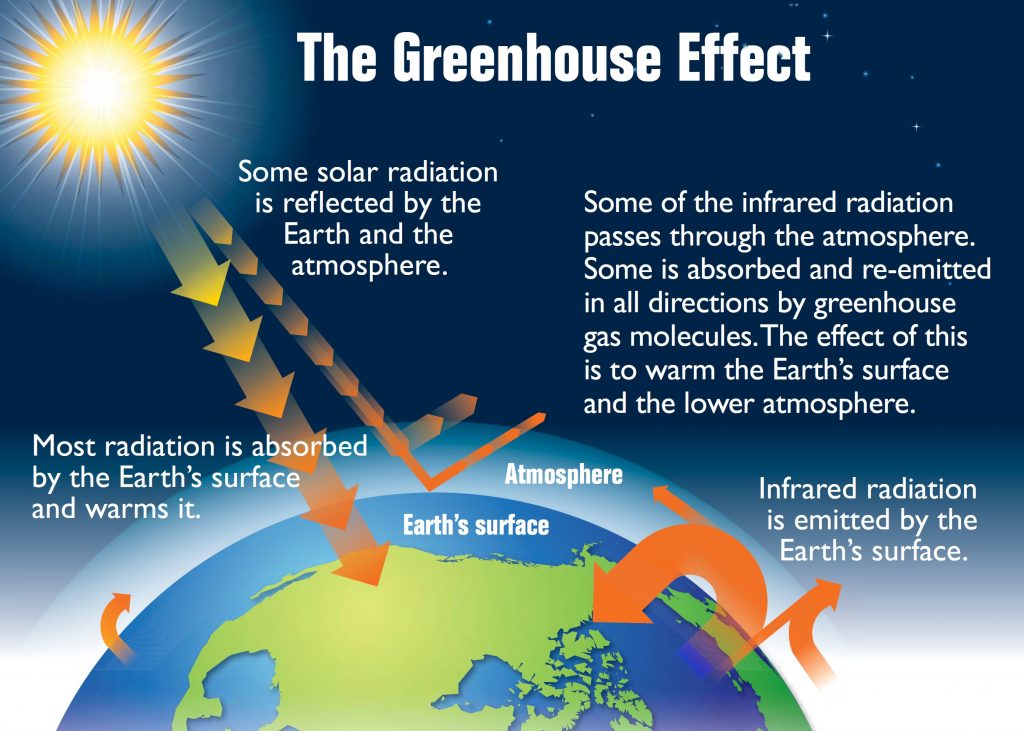
In this activity, you’ll be able to observe how the greenhouse effect works, but if you’d like to find ways to reduce greenhouse gases yourself, check out the resources at the end of the article!
Procedure
- Place a large bowl outside on a sunny day. If you have a thermometer, take a cup and place it upside down in the bowl. Rest the thermometer on top of the cup so that it does not touch the side of the bowl. If you do not have a thermometer, skip to the step with the asterisk.
- Leave the bowl in the sun for 10 minutes, then check and record the temperature.
- Now, cover the bowl with a layer of plastic wrap.
- Leave the bowl in the sun for another 10 minutes, then check and record the temperature. Did the temperature change? The plastic wrap is representing what greenhouse gases are doing in the atmosphere – it allows heat to pass through, but keeps it trapped in the bowl, raising the temperature!
- *If you do not have a thermometer, take two identical bowls outside and cover one with plastic wrap. Leave both bowls in the sun for 10 minutes. After 10 minutes, partially remove the plastic wrap from the covered bowl, and place your hands in the middle of both bowls (be careful not to touch the sides – the bowls may be hot!). Can you feel a difference in temperature between the bowls?
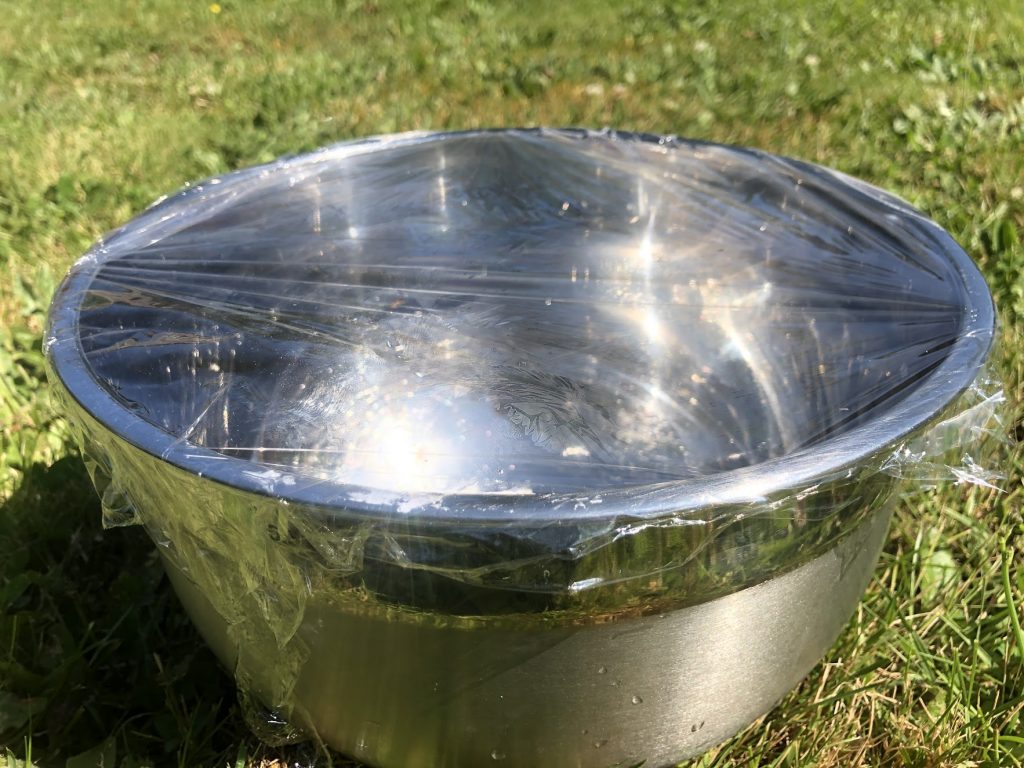
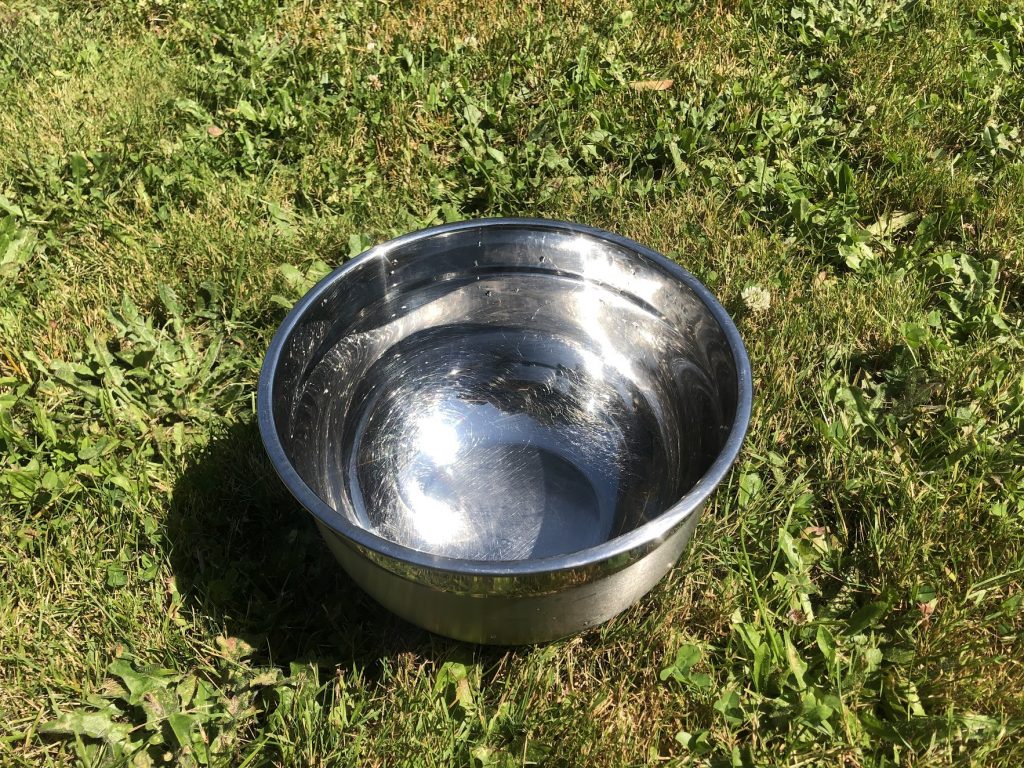
- What would happen if you poked holes in the plastic wrap? Or covered up the wrap with a tarp or other opaque covering? What if you change the material of the bowl? Feel free to experiment!
Vocabulary
- Climate: The long-term trend in the weather of a particular area
- Climate Change: A change to the Earth’s atmospheric conditions as a result of human actions that can alter a location’s climate patterns
- Global Warming: A gradual increase in the Earth’s overall temperature
- Greenhouse Effect: When heat passes through a transparent medium but remains trapped once directed back at the same medium, as a result of the different types of radiation emitted.
- Greenhouse Gas: A gas that traps heat from the sun, as a result of the greenhouse effect
- Weather: The current state of atmospheric conditions, such as temperature, humidity, and precipitation
Keep Learning!
- Learn more about climate change in Washington state with the Department of Ecology
- NASA has great resources about climate change, including ideas for how you can help to reduce your “carbon footprint”!
- Share your findings with us on Instagram! Use the hashtag #GREENfromhome or find us at @southsoundgreen.
South Sound GREEN (Global Rivers Environmental Education Network) is a watershed education program in Thurston County that educates, empowers and connects thousands of local students in watershed studies annually. Through South Sound GREEN, participants engage in science and engineering practices related to water quality in South Sound. For more information, visit southsoundgreen.org.






























